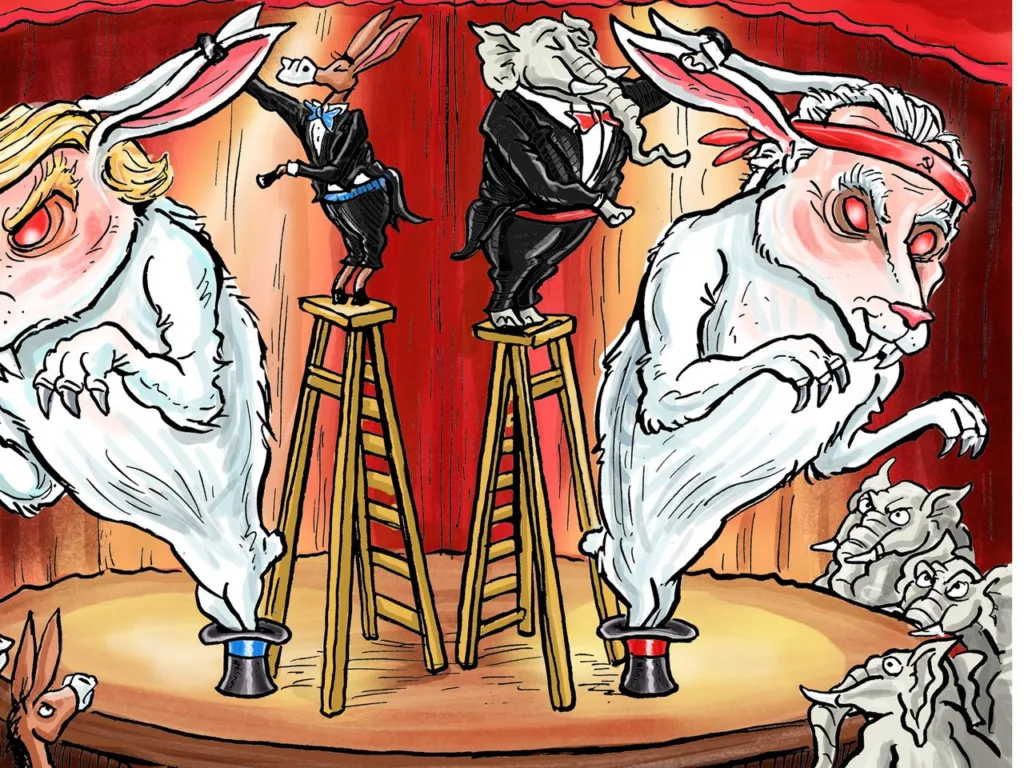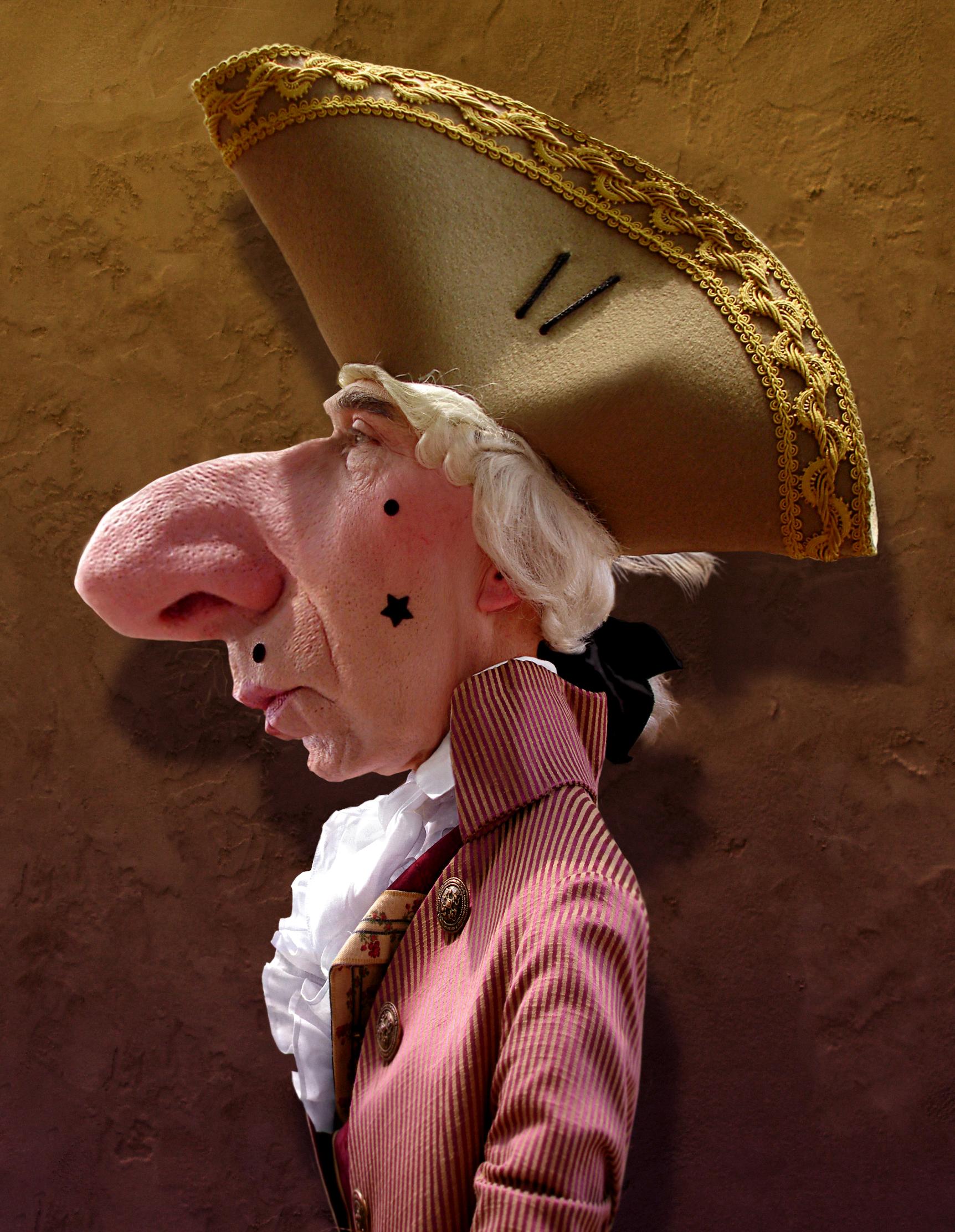When it comes to the art of language and communication, exaggeration is a tool that has been used for centuries. One of the most extreme forms of exaggeration is hyperbole, a literary device that uses extreme exaggeration to draw emphasis and make a point.
Hyperbole is a technique that can be found in literature, poetry, and even everyday conversation. It is often used to create vivid images in the mind of the listener or reader, and is a great way to make a point more memorable.
For example, when someone says “I’m so hungry I could eat a horse,” they are not actually suggesting that they would eat an entire horse. Rather, they are using hyperbole to emphasize just how hungry they are. This kind of exaggeration is not meant to be taken literally, but rather as a way of communicating someting specific.
Hyperbole can be used in a variety of ways, including for comedic effect, to create drama or tension, or to make a point more memorable. It is a technique that is often used in advertising and marketing, as it can be an effective way to grab someone’s attention and make them remember a particular product or service.
One of the most famous uses of hyperbole in literature is found in the opening lines of Charles Dickens’ “A Tale of Two Cities”: “It was the best of times, it was the worst of times, it was the age of wisdom, it was the age of foolishness, it was the epoch of belief, it was the epoch of incredulity, it was the season of Light, it was the season of Darkness, it was the spring of hope, it was the winter of despair.”
These lines use extreme exaggeration to create a vivid contrast between the two cities and the time period in which the story is set. Dickens is not suggesting that it was literally the best and worst of times, but rather using hyperbole to create a powerful and memorable opening for his novel.
While hyperbole can be a powerful tool for communication, it is important to use it in moderation. Too much exaggeration can make a message seem insincere or unbelievable, and can even be harmful in some cases. Additionally, some people may not understand the use of hyperbole and may take it literally, leading to confusion or misunderstandings.
Hyperbole is an extreme form of exaggeration that can be a powerful tool for communication. It is often used in literature, advertising, and everyday conversation to create vivid images in the mind of the listener or reader. While it is important to use hyperbole in moderation, it can be an effective way to make a point more memorable and engaging.
Examples of Exaggeration
Exaggeration is a literary device that involves the use of extreme language to emphasize a point or create a vivid image. Here are 5 examples of exaggeration:
1. “They ran like greased lightning” – This phrase is an example of exaggeration becuse lightning is incredibly fast, and using this comparison emphasizes just how quickly the people were running.
2. “Her brain is the size of a pea” – In this example, the speaker is using exaggeration to suggest that someone is not very intelligent. This comparison emphasizes just how small and insignificant the person’s brain is.
3. “I’m so hungry I could eat a horse” – This phrase is an example of exaggeration because it suggests that the speaker is extremely hungry and could eat an entire horse. This emphasizes just how intense their hunger is.
4. “He’s got tons of money” – Using the word “tons” in this context is an example of exaggeration because it suggests that the person has an excessive amount of money. This emphasizes just how wealthy the person is.
5. “I have told you a million times not to lie!” – This phrase is an example of exaggeration because the speaker is emphasizing just how many times they have repeated their message. While they may not have actually said it a million times, the exaggeration emphasizes just how strongly they feel about the issue.

The Use of Extreme Exaggeration in Literature
The literary term that refers to extreme exaggeration is called hyperbole. Hyperbole is a rhetorical device that involves the use of exaggerated statements or claims that are not meant to be taken literally, but rather to create emphasis, humor, or emphasis. It is commonly used in literature, poetry, and everyday speech to add emphasis or to create a vivid image in the mind of the reader or listener. Some common examples of hyperbole include statements like “I’m so hungry I could eat a horse,” or “I’ve told you a million times to clean your room.”
The Use of Hyperbole as Extreme Exaggeration
Hyperbole is a literary device that involves the use of extreme exaggeration to emphasize a point or idea. It is a form of figurative language that is not intended to be taken literally. Hyperbole is often used in literature, poetry, and everyday language to make a point more dramatic, humorous, or memorable. While hyperbole may seem extreme, it is a valid tool for writers and speakers to communicate their ideas effectively.
The Dangers of Highly Exaggerated Claims
Highly exaggerated refers to something that is presented in an excessively or inappropriately heightened, inflated, or overstated manner. It could be an emotion, a story, a fear, or a perception which is blown out of proportion to the actual situation or reality. Highly exaggerated claims, fears, or stories are oftn considered unreliable or untrustworthy as they tend to distort or misrepresent the facts. For instance, students who move from one subject to another may develop a highly exaggerated idea of the differences between teachers and subjects, which may not be accurate or valid. highly exaggerated means something that is overstated or inflated beyond what is reasonable or true.
The Power of Hyperbole: A Famous Example
A hyperbole is a figure of speech that uses exaggeration to emphasize a point or create a vivid image. One famous example of hyperbole is the statement “I’m so hungry I cold eat a horse.” This exaggeration emphasizes the speaker’s extreme hunger and creates a vivid image of someone eating an entire horse. Another example of hyperbole is the statement “I’ve told you a million times to clean your room.” This exaggeration emphasizes the speaker’s frustration and emphasizes the importance of cleaning the room. Hyperbole is a common literary device used in literature, poetry, and everyday conversation to create emphasis and make a point.

Source: deviantart.com
Types of Exaggeration
Exaggeration is a literary device in which an author overstates or overemphasizes a particular aspect of a situation, character, or object. There are different types of exaggeration that an author can use in literature, including hyperbole, overstatement, and farce.
Hyperbole is an extreme or impossible exaggeration that is used to emphasize a particular point or to create a certain effect. For example, if an author says that a character has a million things to do, they are using hyperbole to indicate that the character has a lot of tasks to complete.
Overstatement is a slight exaggeration of a person, scenario, or object that is used to make a point or to create a certain effect. It is a more subtle form of exaggeration than hyperbole. For example, if an author says that a character is the best in the world at a particular skill, they are using overstatement to emphasize the character’s proficiency.
Farce is a comedic scenario that has been exaggerated to humor the literary audience. It often involves ridiculous situations or characters that are taken to absurd extremes. For example, a farce might involve a character who is constantly getting into comical and improbable situations, such as slipping on a banana peel or getting trapped in a revolving door.
Exaggeration is a powerful literary tool that can be used to create a variety of effects in literature. The thre main types of exaggeration are hyperbole, overstatement, and farce, each of which is used to emphasize different aspects of a literary work.
What Is an Exaggerated Metaphor Called?
An exaggerated metaphor is commonly known as an extended metaphor or a conceit, particularly in poetry. This literary device is used to draw a comparison between two seemingly unrelated objects or ideas for an extended period. It is a type of metaphor that continues throughout a passage, poem, or even an entire work, providing a deeper understanding of the subject or theme. An extended metaphor is often used to create a vivid and imaginative description, as well as to add depth and complexity to the text.
The Relationship Between Metaphors and Exaggeration
A metaphor is a literary device that compares two things that are not actually alike, in order to create a deeper understanding of the subject being discussed. While a metaphor may contain an element of exaggeration, it is not necessarily always an exaggeration. In fact, some metaphors may be qite subtle and nuanced, rather than being overly dramatic or exaggerated. The key difference between a metaphor and an exaggeration is that an exaggeration is an intentional overstatement, often used for comedic or dramatic effect, while a metaphor is a more deliberate comparison that is intended to convey a specific meaning or idea. Therefore, while some metaphors may contain elements of exaggeration, it is not accurate to say that all metaphors are exaggerations.
Exaggeration as a Form of Irony
Exaggeration is a type of verbal irony that is oten used to emphasize the importance of a point or to create a humorous effect. Verbal irony is a figure of speech in which words are used in a way that their intended meaning is different from their literal meaning. In the case of exaggeration, the speaker intentionally overstates the truth or reality of a situation, often in a humorous or dramatic way. This type of irony is commonly used in literature, movies, and everyday speech to add emphasis or to create a certain effect. Exaggeration is also known as hyperbole, and it can be a useful tool for writers and speakers to create a more vivid and engaging experience for their audience.

Types of Exaggeration
Exaggeration is a literary device that is used in writing and speech to overemphasize or overstate a particular idea or concept. There are several types of exaggeration, including:
1. Hyperbole: This type of exaggeration involves using extreme language to make a point. For example, saying “I’m so hungry I could eat a horse” is hyperbole.
2. Farce: This type of exaggeration involves using absurd or ridiculous situations to create humor. For example, a character slipping on a banana peel is an exaple of farce.
3. Caricature: This type of exaggeration involves creating an exaggerated or distorted physical or personality trait of a character. For example, a cartoonist may exaggerate a politician’s nose or ears to create a caricature of them.
4. Overstatement: This type of exaggeration involves overstating a particular idea or concept without using extreme language. For example, saying “I’ve told you a million times” when you have only said something a few times is an example of overstatement.
Exaggeration is a powerful tool that can be used to create emphasis or humor in writing and speech.
Conclusion
Extreme exaggeration, or hyperbole, is a powerful literary device used to draw emphasis and make a point. It involves exaggerating a statement to an extreme degree, ofen to create a humorous or dramatic effect. While hyperbole is not meant to be taken literally, it can be an effective way to communicate a message or emotion. Whether used in literature, advertising, or everyday conversation, hyperbole remains a popular tool for writers and speakers looking to grab attention and make an impact. While it may be tempting to overuse hyperbole, it’s important to remember that moderation is key to ensuring that the message is conveyed in a clear and understandable way.
